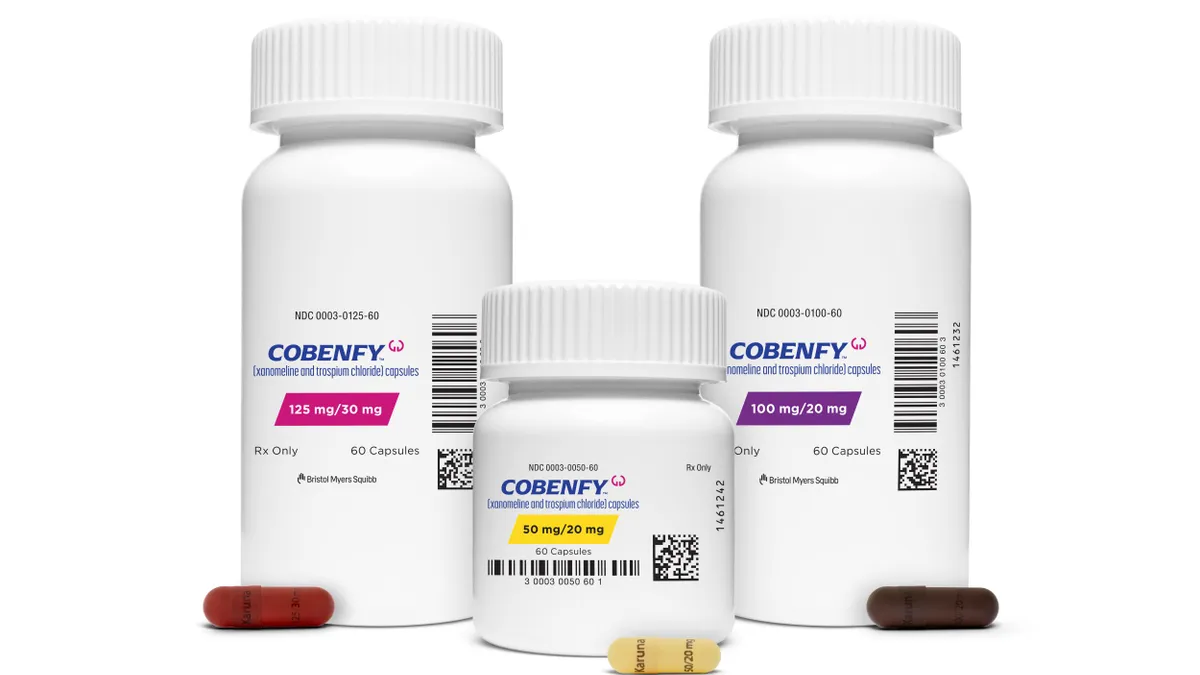We are in a global pandemic that is exposing major issues in the commercial environment in which healthcare companies operate, with changes that are completely altering the landscape for the long term. Our 3rd Annual Leaders in Life Sciences Roundtable consisted of eight industry leaders with diverse perspectives and experiences discussing these changes, their impacts, and best practices learned from their experiences. With our key takeaways from the discussion outlined below, we hope that these learnings will help create a sense of consistency and comradery within the Life Sciences industry. Interested readers can access the full discussion and playbook at LifeSciencesPlaybook.com
1 COVID-19 accentuated the structural weaknesses in the health- care delivery system. The Affordable Care Act was designed as a first step in the reform process to make quality healthcare accessible to more people. Unfortunately, healthcare issues be- came heavily politicized, and the projected additional steps have been blocked. The focus of all of the participants was to provide as many people as possible with higher-quality and lower-cost healthcare. People enroll in healthcare systems to try to ac- complish this goal on their own; they respond to direct financial incentives if they have access to healthcare. The discussants observed that 50% of the money spent on pharmaceuticals is absorbed by entities in the middle that neither provide a prod- uct or a healthcare service, which adds complexity and cost without improving quality.
2 Patient-focused technologies, including telehealth, will be at the forefront of the revolution. Every leader emphasized the role that telehealth and other technologies have played in assist- ing us in getting through the current crisis. They view the broad adoption of technologies out of necessity as increasing their roles and disruptive effects in healthcare, just as technological advances have disrupted all other elements of global commerce over the past decade. Healthcare is an industry that will contin- ue to be disrupted, as others have been, as information becomes widely available and consumers become more demanding. The widespread increase in telehealth has increased dramatically due to need.
3 The impact of the social determinants of health has been high- lighted. Challenges regarding access to COVID-19 testing have revealed major weaknesses in the healthcare delivery system, as providers have had to scramble to address unanticipated is- sues. The panel emphasized the need to adjust rapidly with no personal contact as people respond to statements of politi- cal leaders; it is important for leaders to recognize the need to alert and coordinate with service providers in advance of mak- ing pronouncements. Unexpected disruptions of lower-cost components in the supply chain created significant challenges. Providing healthcare information to the people at greatest risk is vital. This guidance is critical not only for pandemic risks, but also for dealing with ongoing healthcare problems.
4 An opportunity exists to adapt your brand to emphasize its higher- tech components. If your company is expanding, launching new products, or taking advantage of the opportunity to engage new classes of customers, you now have the chance to examine your brand and footprint in a manner unencumbered by your past model. Introducing your company in a way that emphasizes your technical capacities and the change from “old-line, un-dervalued services company" to “new cutting-edge company" gains the benefit of new industry possibilities in the eyes of investors.
5 The ability to adapt to the changing environment is in part related to access to capital. Capital markets always fluctuate. Currently,
Life Sciences is a hot sector of the market, while other sectors are up in the air; however, this favored status of Life Sciences could change rapidly.
Generalists and debt investors are getting into the healthcare space. However, even with Life Sciences be- ing a hot market, investors are reluctant to write checks to people that they have only met virtually.
 6 Analyze your industry to gauge competition, inefficiencies, middlemen, and more to make sure you are getting the largest slice of the revenue stream possible. It is important to step back and assess every element/segment of your market. Each leader at the roundtable had the same goal: getting patients access to affordable healthcare, from patient monitoring to patient testing to providing valuable products and services through refined delivery systems. Just like Amazon, Google, Facebook, and drones have disrupted conventional commercial distribution of products and information, leaders in the healthcare system who are able to create disruptive models will be the most successful. Producers and providers are starting to view the external 50% of the revenue stream taken by middlemen as a series of inefficiencies, which need to be eliminated as much as possible.
6 Analyze your industry to gauge competition, inefficiencies, middlemen, and more to make sure you are getting the largest slice of the revenue stream possible. It is important to step back and assess every element/segment of your market. Each leader at the roundtable had the same goal: getting patients access to affordable healthcare, from patient monitoring to patient testing to providing valuable products and services through refined delivery systems. Just like Amazon, Google, Facebook, and drones have disrupted conventional commercial distribution of products and information, leaders in the healthcare system who are able to create disruptive models will be the most successful. Producers and providers are starting to view the external 50% of the revenue stream taken by middlemen as a series of inefficiencies, which need to be eliminated as much as possible.
7 Virtual management is difficult and over time has exposed inef- ficiencies. It takes longer to uncover problems and implement solutions. Virtual planning can be done well but requires real communication, action, accountability, decisiveness, and adapt- ability. All leaders were concerned about maintaining the “stick- iness" of their team. Although people in many service industries have stated that they are getting the same productivity from their employees at home, it is not clear how long that produc- tivity can be maintained, and most of the productivity is based on the implementation of existing plans combined with an in- creased level of flexibility. The longer the virtual environment lasts, the more it may expose cracks in your ability to maintain cohesion and a positive environment.
8 Employees with children have taken on the additional responsi- bility of providing educational support, pushing their obligations to the maximum level between work and family life. It is important to allow for work boundaries in this virtual environment so that employees do not burn out. It is equally important to allow for personal lives to bleed into the working environment at a reasonable level to show flexibility and understanding for employee needs. The lack of face-to-face interaction by people
throughout the workforce makes detecting undercurrents of concern even more difficult than usual. Today, everyone is fac- ing more demands with less time, and the intricacies of personal lives can overwhelm your employees. Addressing the issues now will increase the cohesiveness among employees that is so valu- able in the long term.
9 Life Sciences leaders must become more politically active to re- main competitive with insurers’ political activity.
A bitter partisan fight exists over elements of healthcare, but Congress has passed several pieces of legislation that have otherwise directly affected healthcare, including the Cures Act, the federal budget, and pandemic relief.
Legislation that pro- vides user fees for FDA operations expires in September 2022, and the FDA has already begun discussions with industry leaders. CMS is trying to re- duce healthcare spending to provide more access to expensive high-tech products through value-based pricing. The brunt of the costs will be borne by small and mid- sized specialty pharma companies as op- posed to “big" pharma. Big pharma has been organized and discreet in its dealings with the Administration. The issues will not disappear in 2021. In fact, they will become more acute as many states and municipali- ties are facing budget shortages caused by the pandemic. Many business leaders lack the patience for the ethereal nature of legislation or do not believe that they can affect the process to their advantage, but your competition does. In a sense, they are counting on the short-term focus and lack of long-term commitment to prevail. These issues are comparable at the state level.
10 Academia is facing a crisis with decreased enrollment as people are less willing to pay a premium for a virtual learning experience. The pandemic follows on the heels of the Great Recession, which caused many middle- and lower-income families to question the value of higher education. The longer-term viability of the tuition-based model for higher education, especially for health- care students, is questioned. As the pandemic shifts more of the learning to virtual, even more questions about long-term viability exist. Will these likely changes in education affect the available talent pool for Life Sciences companies in the future? Will the mutually beneficial partnerships between academic and healthcare institutions survive?



















